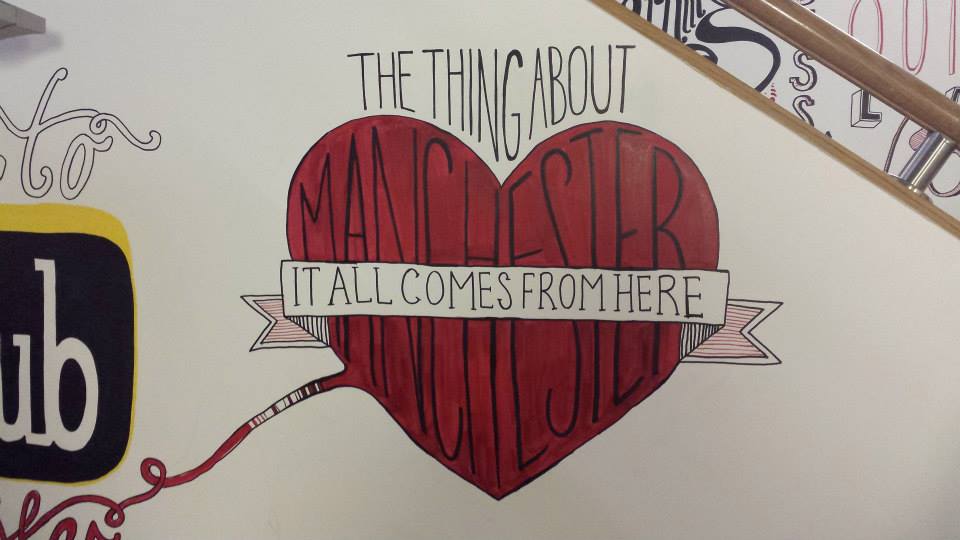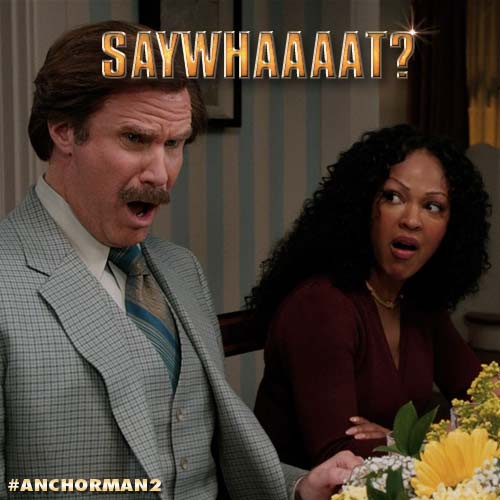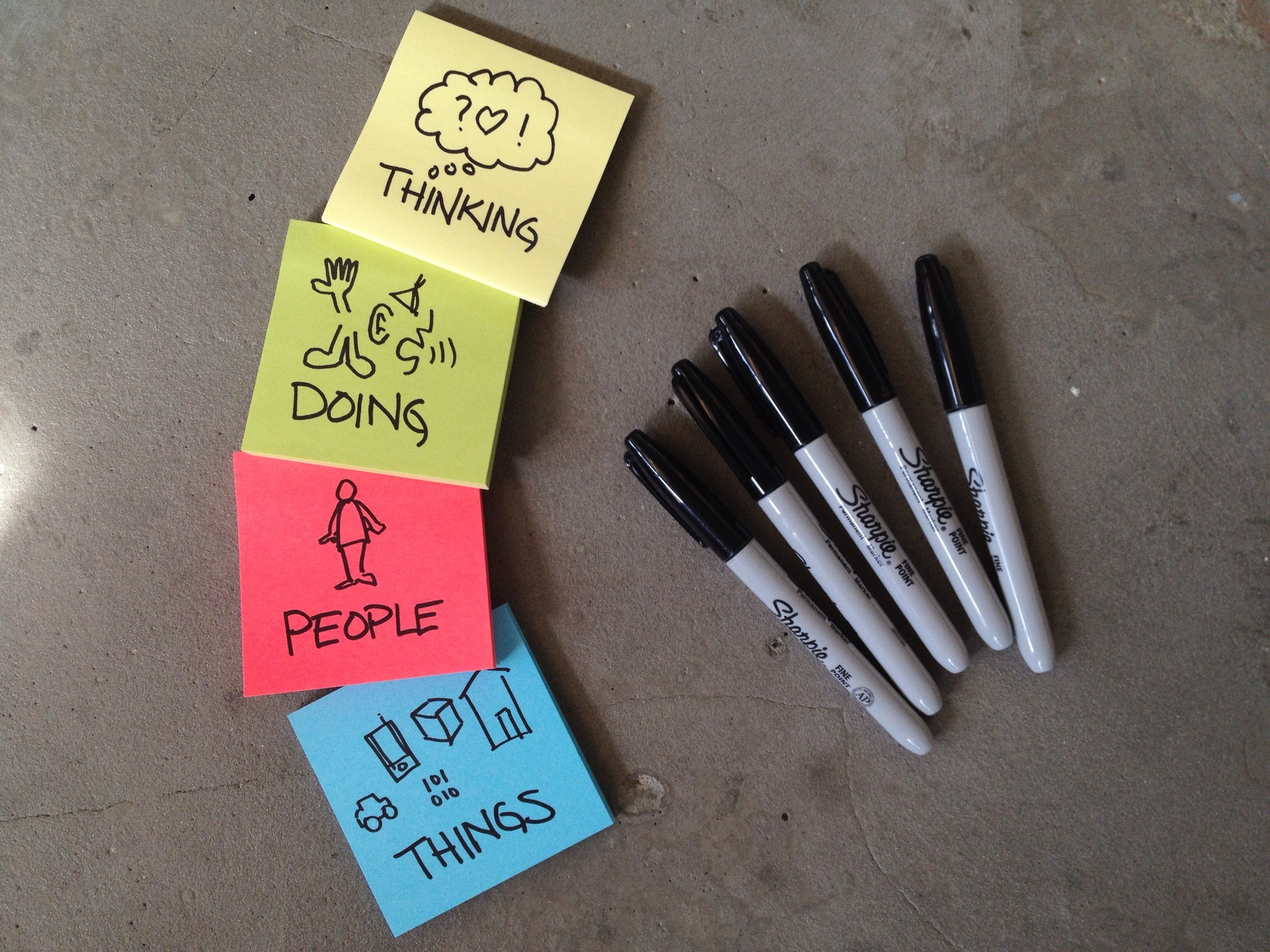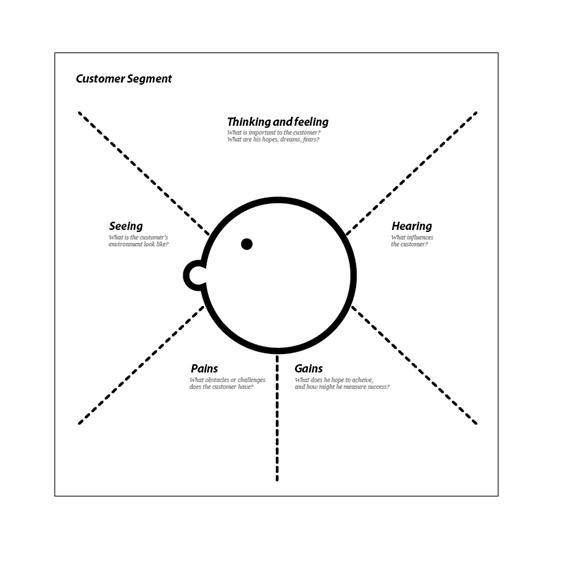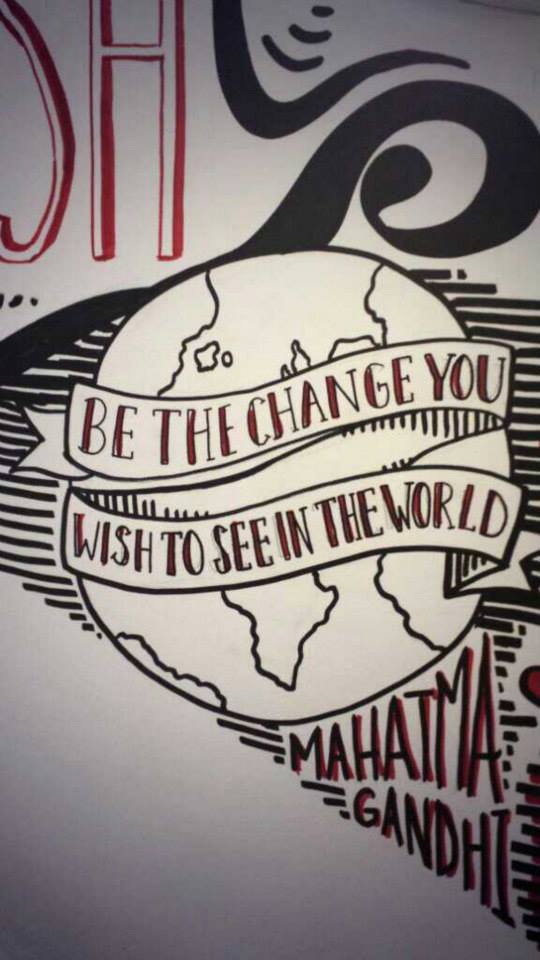Service Design, Manchester - An Introduction
A week ago, (thanks to atLarge, Inc.) Manchester saw its first ever Service Jam. This week, I'm going to explain what a Jam is and why there's a Service Design movement in Manchester - one of the greatest cities in the world.
So, first things first.
What is Service Design?
There are an array of definitions about what exactly Service Design means out there in cyber space but 31 Volts explain Service Design pretty well:
"When you have 2 coffee shops right next to each other, that each sell the exact same coffee, at the exact same price; Service Design is what makes you walk into the one and not the other."
Another great (although not quite as helpful) example of Service Design is:
"Service Design is designing services."
This is true, but it's coupled with an intense set of research tools to find out exactly what the customer **wants, needs and desires. **Service Design brings the customer experience to the heart of any service.
Service Design is the name for a collection of ideas, tools and research methods to design a service (any service) around what the customer actually needs - rather than what you (as a business) think they need.
The days of creating things to improve a brand, company or organisation are far behind us. The day of the customer is here.
We've all been in a situation when we just think "Gosh, these people just do not provide a good service". Whether that's when you're ordering a take away on a Friday night, or if you're on a flight across the world.
A great example of excellent Service Design is Virgin Atlantic. Richard Branson has hit the nail on the head yet again, and has epitomised a successfully well designed service. What the big bosses at Virgin Atlantic did, was ask their customers what was frustrating them as they queued up at the check in.
This is first hand customer research and feedback.
From this, Virgin Atlantic were able to innovate and evolve their service to minimize customer frustration and with the click of the finger, Virgin had improved their customer experience and designed their service, based on their customer's exact needs.
So, now we have a pretty good idea of what Service Design is, let's see how we can put the idea into practice.
What is a Jam?
The short and sweet of it: A Jam is 48 hours to change the world. It's a time (Friday - Sunday) and a place, for innovation to grow beyond your imagination.
The aim of the weekend is to create a prototype based on a secret theme that's announced on the Friday evening. This year's theme was:
So, participants had to come up with ideas of a service inspired by the layout of a cube. I don't know about you, but my reaction was definitely "Say whaaaaat?"
It's safe to say that most of Manchester's Jammers had the same reaction. This was the first year that the Global Service Jam organisers had used an image rather than a word and boy, what an image it was!
It makes sense, words can get lost in translation, and with 100 Jams taking place in 100 different cities around the world - it was important that the theme was easily recognised by all participants.
But, how did people make the progression from an image to a working prototype?
A Service Design Movement
Here are just a few Service Design tools, literally the bare minimum but nonetheless important, and as this blog begins to be build I'll continue to examine more Service Design methods.
- Check Ins
A great way to begin a Service Design movement is to check in with your team. Service Design is as much about finding out about yourself and your group, than just the customer your designing your service for. Remember: you need to put yourself on your customer's journey, so a mutual understanding between yourself and your team is essential.
To check in: a team member thinks of a theme (e.g. new beginnings, favourite food, what you did last night) and everyone in the group answers that theme (e.g. I ate loads of pizza last night) and then says "Vimla Appadoo, checking in". Simple.
2. Persona's
Creating a persona is essential for understanding what your customer needs. The more you know about your imagined persona (name, age, marital status e.t.c.) the better. You need to get into the nitty gritty to be able to fully understand their journey as your service user. How they interact to your service, why they interact with your service, do they even need your service? So important and so underrated.
3. Customer Journey
Now it's time to map a customer journey for each of your persona's. Customer journeys are fundamental to Service Design. You need to think of your persona's whole journey from start to finish, and think about all of the emotions, frustrations, wants, thoughts (basically every possible thing) that they're feeling throughout their journey using your service - from how they find out about it, to how they finish using it.
Visualising the journey is essential, everyone in the group needs to be on the same page and seeing the same thing. The best way to create a customer journey is to get a great big piece of paper and map out a journey on it using sticky notes.
- Testing and iterations
Time to start making your service. This could be a cardboard cut out or it could be a coded app. No matter what it is, you should start testing and reworking it as soon as possible, to get to your final prototypes.
Use these four tools, and you'll be on your way to implementing Service Design ideas. Manchester is a great place to be at the moment, with a huge amount of talent, start ups and innovation happening all the time.
The Service Design movement is just beginning, are you joining it?

